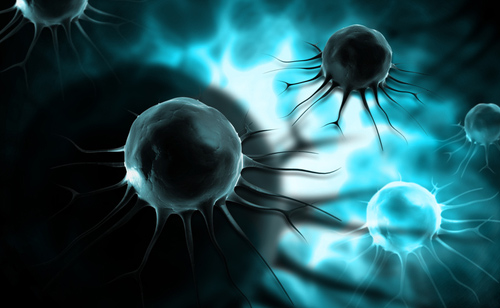Harvard University Institute of Bionic Engineering Weiss (Wyss Institute at Harvard), a research group has recently developed a new system that can transform into a biofilm production and fix the new platform nanomaterials in the future be used for wastewater treatment, pharmaceutical, new textile and other fields. Related papers published in the latest issue of “Nature Communications” magazine. Biofilms are communities of bacteria and extracellular material composition, although slimy extremely rugged, extracellular substances from sugar, proteins, genetic material and other substances. During the formation of the biofilm, bacteria can secrete proteins outside the cell of self-assembly to generate an entangled network of fibers, and the cells adhered together to form a community, so that the bacteria stay in the “family” in the more secure.
Can be used in many areas of waste water treatment, pharmaceutical and new textile etc.
“Now most of the research has focused on how to get rid of biofilms, and we prove that they can be modified, so that they form a specific number, used for special purposes.” Authors, Center faculty members Wes Institute Neel Joshi Ph.D said. Their approach is to shift the biofilm extracellular material as a platform for self-replication products, rapid production of any material you want.
The team developed a called BIND (connection) protein engineering systems. They put through gene technology with special features, such as steel adhesion protein fusion energy on a small protein called CsgA, CsgA produced by E. coli, E. coli secretion of CsgA thus will have this adhesion ability, self-assembled into a super-strong protein – amyloid nanofibers, but also adhere to the steel. Amyloid protein is to make “connections” become strong basic material, can spontaneously form fibers by weight, higher strength than steel, harder than silk.
“This method is widely used.” Joshi said. They can also prove 12 different CsgA proteins fused to the protein, the arrangement and length of the diverse, which means that at least in theory, they can use this technique to represent the sequence of any protein – executes a series of these proteins function: combining foreign particles, to achieve a chemical reaction, the transmission signal, for providing structural support, transport, or storage of a specific molecule and the likes. They are not only able to design these features one by one into the biofilm, but also combine to produce multifunctional biofilms.
Use the “Connect” system, able to open a “biofilm – synthetic nanofiber exhibition.” Biofilms will be the future of bio-manufacturing, mass production of biological material, and to make these materials available materials have no function. “If the biofilm is damaged, will be regenerated as ever, because they are living tissue.” Lead author, Wes Institute postdoctoral Peter Nguyen said.
The concept of “microbial factory” is not new, but in the past only produces soluble molecules, such as drugs or fuel, or used in materials science for the first time. Joshi said: “In essence, we are the cells adapted to ‘build factories’, not only the production as ‘basic bricks’ of raw materials, is also responsible for the design assembly, these ‘bricks’ constructed more advanced structures, and to keep maintenance repair. “

